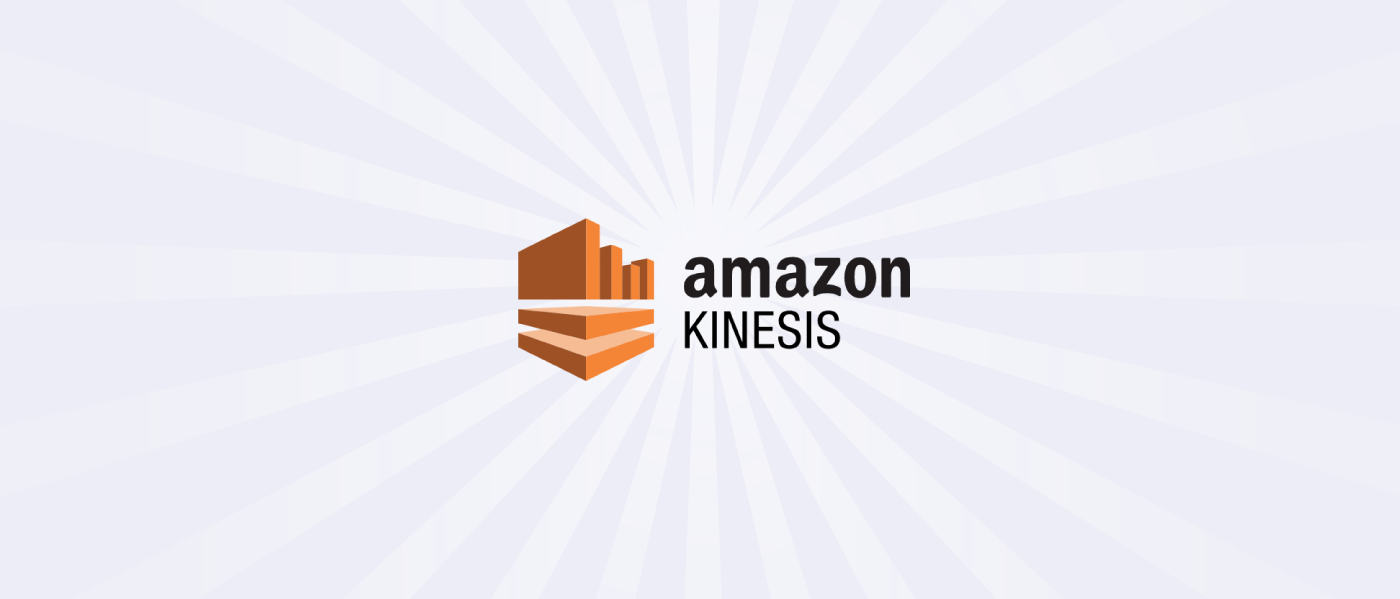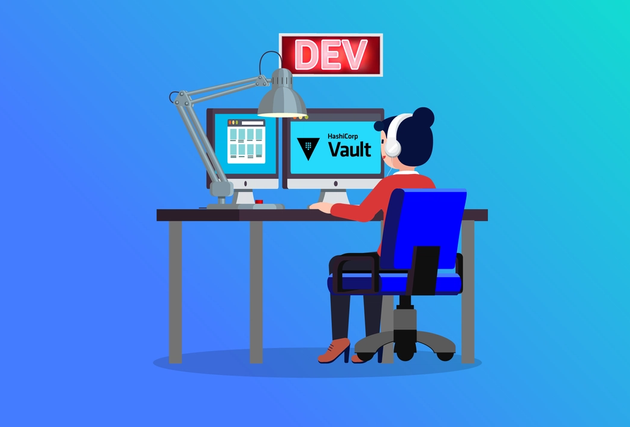What Is Amazon Kinesis? Benefits, Use Cases and How to Get Started
Amazon Kinesis Data Analytics is the best-fit AWS product for data streaming analytics pipelines. Today we take you through the basics: what it does, how it does it, best features, use cases, and pricing.
Let’s get started.
What Is Amazon Kinesis Data Analytics?
Amazon Kinesis Data Analytics is an AWS service that’s dedicated to performing analytics on streaming data. Designed for rapid ETL, you can capture streaming data, process it, and gain the insights you need in near real-time, including applying machine learning queries. Plus, you’re able to set up your analysis using SQL for fast insights.
This service provides the underlying infrastructure for building and running applications in the cloud using Apache Flink. Why Flink? It is designed to run in all common cluster configuration environments, scale without effort, and run at in-memory speed. If you don’t want to learn how to make Apache Flink applications from scratch, you’re able to use the Kinesis Data Analytics Studio notebook application to build these apps directly from Scala or Python.
AWS Kinesis Data Analytics is part of the Kinesis family that deals with real-time data streaming operations, which also includes Kinesis Video Streams, Kinesis Data Streams, and Kinesis Data Firehouse.
6 Benefits of Amazon Kinesis
1. Works on streaming data as it streams
Most analytics applications only process streaming data in batches, sample the data across the stream, or have a delay in processing. That is not the case with Amazon Kinesis Data Analytics which does stream processing on the data stream in real-time.
2. Real-time insights
What this means is that you can obtain insights powered by machine learning in real-time on streaming data. The processing capabilities provided by Kinesis Data Analytics ensure your time to insights is near-instant. Anyone who has analytics requirements that require machine learning for processing will realise the value in this capability.
3. Serverless
No need to worry about provisioning and managing servers with this service, because Amazon Kinesis Data Analytics is serverless; the underlying infrastructure is managed and automated behind the scenes so you can focus on your data analytics and not server management.
4. Scalability
In most scenarios, Kinesis Data Analytics elastically scales your application to accommodate the data throughput of your source stream and your query complexity. Scaling can be enabled by configuring the parallel execution of tasks and through resource allocation.
If you use AWS Kinesis Data Analytics with Amazon Kinesis Data Streams to package up all your incoming data streams, it neatly allows you to do standard processing across the lot - and with this combination, there is no data transfer fee. For Data Streams, each shard is able to handle 1MB/sec or 1000 PUT records per second, and the records are chunked into 25KB units, with shards available by the hour. Output is up to 2MB/s. By default, stream records are available for up to 24 hours.
5. Pay-as-you-go model
Like many AWS services, Amazon Kinesis Data Analytics operates under a pay-as-you-go model. This means that you only pay for what you use—there is no wasted resources or work needed to optimize the underlying resources (beyond the streaming data you throughput).
6. No need to learn new languages, frameworks, or machine learning algorithms
You can get up and running with Amazon Kinesis Data Analytics without the need to learn any new languages or frameworks, significantly cutting the new product learning curve. The service comes complete with predefined SQL operations and included machine learning algorithms so that you can stitch together your preferred data analytics operations quickly.
Another option is to use the complementary notebook-based AWS app, Amazon Kinesis Data Analytics Studio for Apache Flink. Here you can use Java, Python or Scala to build your applications in just a few hours with its rich API list.
How to Get Started With Kinesis Data Analytics
While Kinesis Data Analytics isn’t available on the AWS Free Tier, it does use pay-as-you-go pricing. If you take care to start a trial within the bounds of the most basic processing operations, you can test out Kinesis Data Analytics without a huge financial outlay.
AWS itself provides the three quickest ways to get started with Kinesis Data Analytics; by building an application with your own IDE and Apache Flink, with Amazon Kinesis Data Analytics Studio, or from the Kinesis Data Analytics console using SQL.
Each of these methods has its benefits and drawbacks. From the console, you’re able to do fast queries, but it may not be as flexible or give output the way you like. From Data Analytics Studio, you’re able to create faster and more flexibly, but will need to weigh up the extra costs involved. And from your own IDE, you’ll need to be able to create an Apache Flink application that may involve a steeper learning curve but will be the most flexible and cost-effective option.
The Data-Driven Transformation of Insurance: 7 Data, AI and ML Use Cases That Differentiate Your Business
Insurance companies are feeling the pressure—from new FCA regulations, insurtechs or their own customers.
The biggest source of untapped competitive advantage is data.
We look at how the insurance industry can drive data-led innovation with machine learning and artificial intelligence.
5 Use Cases for Kinesis Data Analytics
1. Anomaly detection in IoT device readings
Monitor any physical space in real-time to ensure operational standards are met. For instance, in a manufacturing plant, you may need to monitor temperature levels of a given chemical, pressure, flow, etc. In an office, you may have temperature controls, vacuum robots, and self-locking doors. Collect and analyze all these data streams in real-time to detect anomalies and adjust or investigate systems without any manual intervention.
2. Real-time digital advertising updates based on data
By taking into account website tracking, ad exchange listeners, trending social topics, and social media metrics, you can automatically inform digital advertising strategy and make tweaks to display, search, and social ads instead of doing this retrospectively.
3. Analyze real-time stock data
Fancy yourself a bit of a trader? AWS offers up their tutorial on how to do real-time stock data analysis with the help of Kinesis Data Analytics. This may be particularly useful in new and emerging markets or betting fields where this data isn’t already readily available - such as NFTs and eGaming.
4. Shared asset tracking and availabilities
Consider you have a long list of global assets that can be booked and used either by employees or customers, and want to create an easy tracking, pickup, drop off, and booking system. You may then add GPS tags to assets and docking places and update the sharing platform in real-time, plus have diagnostics on board for proactive fleet maintenance.
5. Real-time social media tracking
Track mentions, tags, and more in real-time across social media platforms. For instance, this example by GeoSpark Analytics shows how you can build a geo-grid, then use streaming geo-tagged social media posts to notify when there is more activity than usual in a region—indicating an event of importance for investigation.
Kinesis Data Analytics Vs Athena
Both Kinesis Data Analytics and Athena can process massive amounts of data in near real-time. However, only Kinesis Data Analytics is capable of doing this on streaming data.
AWS Athena is designed to consume and process data from S3 buckets. If it’s not a business imperative that you do real-time analytics - that is, you can get by doing batch processing of data, then Athena is probably going to be the more cost-effective choice. It’s for this reason that we always examine whether there is a clear business case for real-time analytics workloads.
Amazon Kinesis Data Analytics Pricing
Amazon Kinesis Data Analytics is priced on a pay for what you use model. What this breaks down into currently is:
- Kinesis Processing Unit (KPU), Per Hour
- Running Application Storage, Per GB-month (50GB of running application storage is assigned per KPU)
- Durable Application Backups, Per GB-month
- Kinesis Processing Unit (KPU), Per Hour for Studio notebooks
- Running Application Storage, Per GB-month for Studio notebooks
This changes by region. There is also a Kinesis Data Analytics calculator that you can use to see how much the type of application you’re building will cost. As with most AWS services, pricing can increase significantly when you plug into other complementary services, so forecast your configuration before rollout to see where savings can be made.







